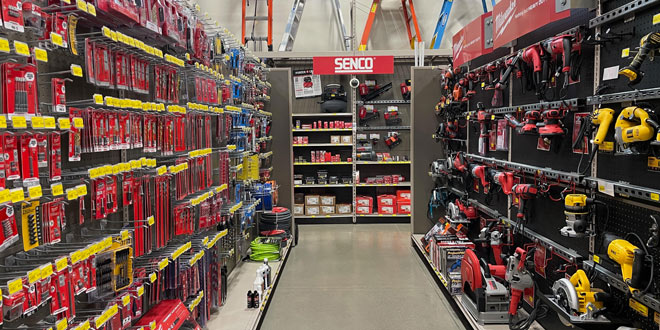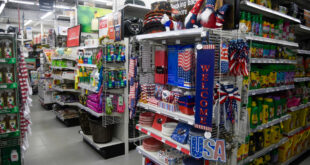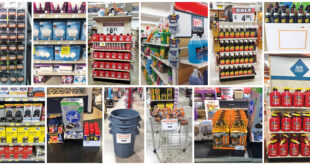While the path to success can take many different roads, home improvement retailers can look to their peers in the industry for ideas on developing basic core categories into all-stars.
Hardware Retailing spoke to four retailers who have found success in categories that are considered to be necessary for a complete operation or meet unique needs in their communities and beyond. Read on to learn how Trading Post Hardware took its hand and power tools category to the next level, and check out the other all-star categories: impulse; outdoor power equipment; and housewares.
Taking Tools to the Next Level
Looking closely at the hand and power tool category at Trading Post Hardware in Rathdrum, Idaho, proves that success doesn’t always happen overnight. Using old-fashioned trial and error and a willingness to be flexible, general manager Matt Smith experimented with merchandising for the store’s power and hand tool categories, turning them into top-notch departments.
In 2016, the company moved to a brand new building. Smith and his team wanted to keep many of the same design concepts from the old store, including the Tool Corral, which is set off by rustic wood beams and artificial grass flooring. It was created to be a designated area for power and outdoor tools.
Smith says the Tool Corral space was functional, but a boom in business with grills and barbecue accessories led him to reevaluate how to best use the space. He turned the Tool Corral into a dedicated space for the barbecue products and moved the power tools into a traditional gondola, using the manufacturer headers and painting the pegboards black so the products stood out.
Trading Post Hardware’s hand tools area was also a lesson in flexibility. When the new location opened, Smith used sliders on the hand tool gondolas to better organize the space and display more product. He ended up reducing the number of sliders when it became clear more sliders didn’t equate to better merchandising.
“There was a trick to getting it right. When something works in theory, but doesn’t quite work in practice, you make adjustments,” says Smith.
“We reduced the number of sliders for the hand tools and that really made the space work better for us.”
Smith anchors the hand tools department with a 12-foot assortment of brand name tools, which makes a big impression on customers. The breadth of the assortment helps solidify the store’s place as a destination for the category.
Trading Post Hardware also caters to woodworkers, carrying a line of specialty hand tools, blades, router bits and accessories that continues to attract repeat customers. Smith has merchandised these specialty products in a similar way to the other hand tools, making it easy for customers to find what they need.
3 Tips for Selling Hand & Power Tools
- Go for the “wow” factor
Whether it’s dedicating a room in your store to hand and power tools,
or creating eye-catching displays, give your customers something to write home about with this department—or at least snap a picture of to share with their friends on social media. - Mix it up
What you stock in your hand and power tool departments depends on the needs of your customers, what kinds of DIY projects are trending and how often you want to make changes. Work with your wholesaler representative to determine the right product mix and system for trying out new products. - Maximize space
If you’re going to stock a broad selection of SKUs in hand and power tools, choosing smart merchandising solutions is key. Trading Post Hardware uses sliding gondolas to efficiently store more product options while making the department easier to shop.
 Hardware Retailing The Industry's Source for Insights and Information
Hardware Retailing The Industry's Source for Insights and Information






